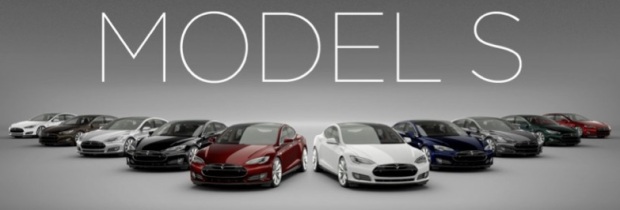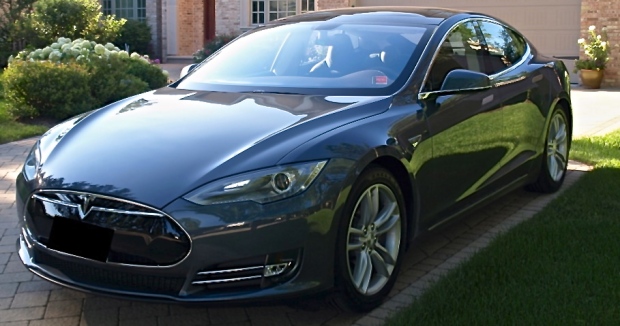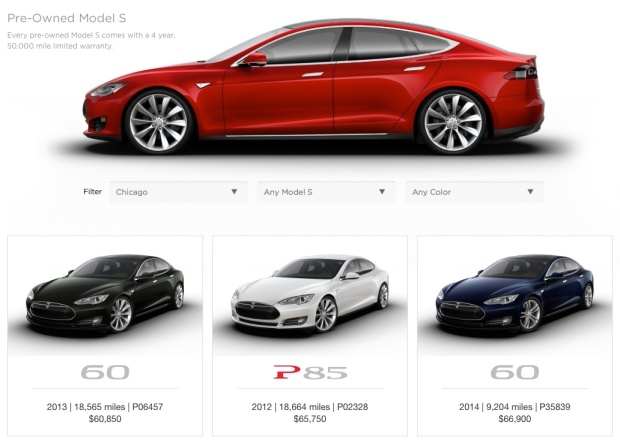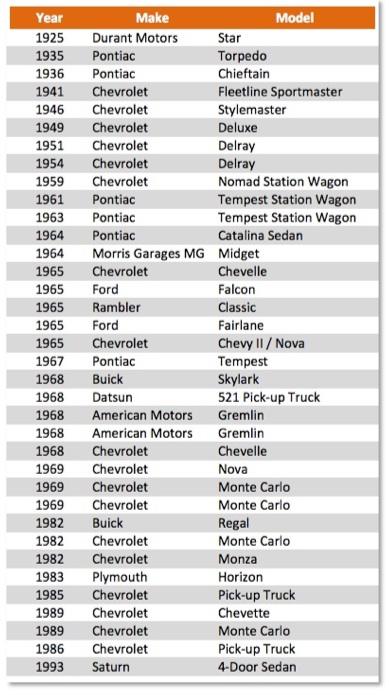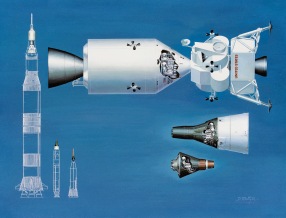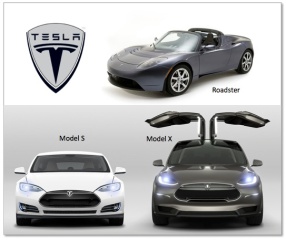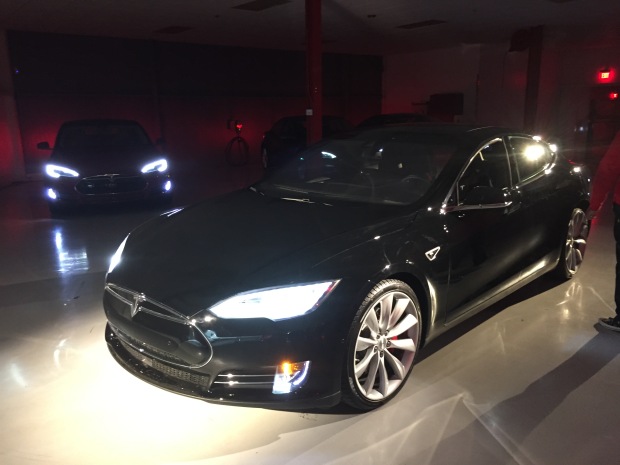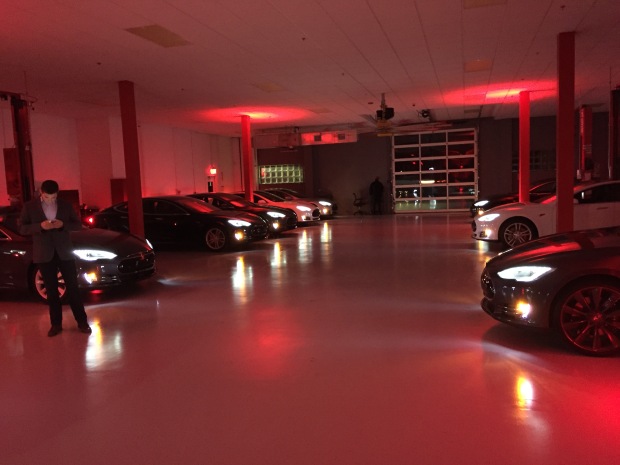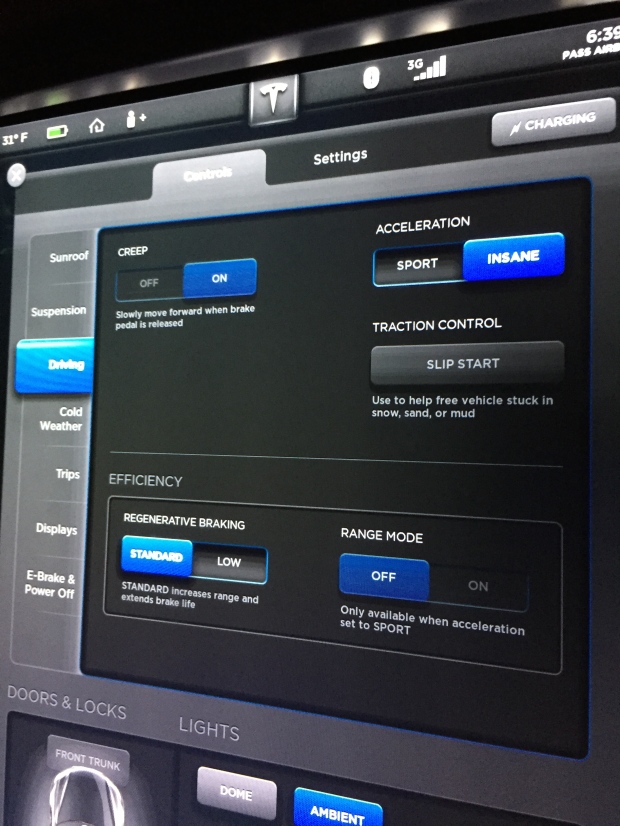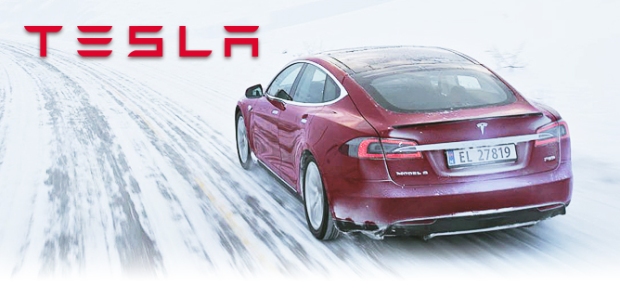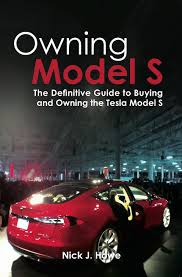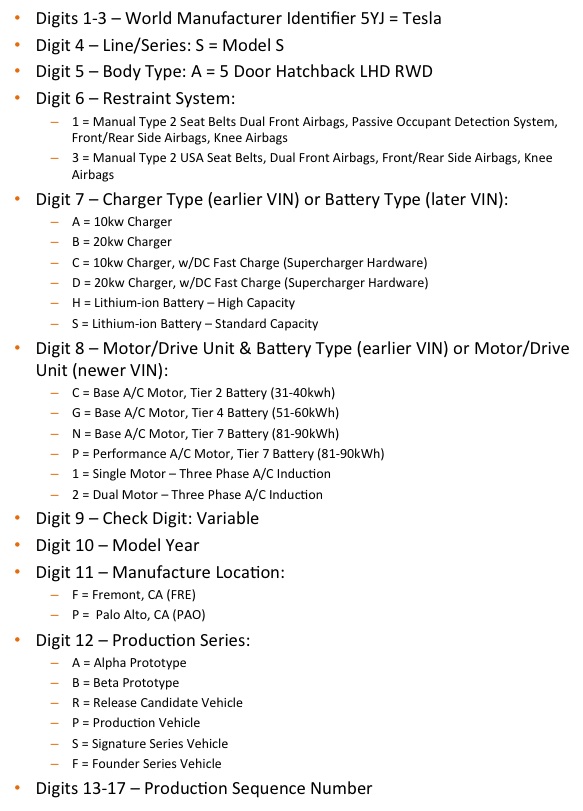I’ve written at length about the American Automobile Dealers Association’s displeasure with Tesla’s business model of selling direct to consumers on a dedicated page on my blog. At this point the reasons for the fight are old news just like the dealer network and way of doing business is from a long-gone era. The dealers are tone deaf to the way consumers shop for and ultimately purchase products. The dealers have a number of stated reasons that Tesla should not be allowed to sell their cars. These are the ones most often stated.
Consumers Won’t get the Best Price
Tim Doran, president of the Ohio Automobile Dealers Association recently said, “If you have a manufacturer that is selling vehicles direct to the public and they are the only source for that particular vehicle, there is no competition for the price.”*
As a sound byte that seems logical. We know from experience that single providers veer away from consumer good and toward corporate profits. However, that happens even when there are multiple makers and suppliers of products and services. For years we only had one telephone company. If you wanted dial tone there was only one place to go, Ma Bell. The Bell System monopoly was broken up by federal mandate in 1982 as part of a consent decree. Certainly it opened up competition by MCI and Sprint for long distance service and eventually to the cellular phone network. It accomplished the goal of offering the consumer choice. Pricing is an altogether other thing. The plans that were made available were impossible for the average consumer to understand. Local rates, long distance rates and my favorite, local-long distance. Then there was the slamming. Calling a consumer and promising low cost phone service and then switching them whether they agreed or not. This strategy is a time-tested one. Offer non-customers a low rate for a fixed period of them them raise the price and they won’t even notice. Built-in price increases without having to publish the price.
Certainly there is an acquisition expense for the company that must be recovered as they calculate their lifetime customer value (LCV), but it lacks transparency and is full of unexpected surprises for the customer. A lower price up front always means it will be made up in some fashion over time. It requires consumers to put considerable effort in understanding the total cost of being a customer for that company and their product or service. Very few of us practice this economy.
Tesla is fully transparent. They don’t make or sell a car. I argue it’s not a car at all. It’s personal transportation. The likes of which has never been seen before. Tesla doesn’t tell consumers they are the lowest cost provider. All options and pricing are right up there on their web site for anyone to see. Configure your Model S and you know exactly how much it will cost when you pick it up. Here’s the real difference. The pricing on car manufacture’s sites have almost no connection with what you will pay when you finally cut your deal. Missing from the car builders’s sites are all the things that dealers will try to sell you and charge you for over time. And it’s estimated that dealers add up to $1,500 to the cost of a vehicle.
My suspicion is the real reason dealers don’t like Tesla is they make a transportation choice that they are unable to compete with. There is very little difference between most internal combustion engine (ICE) cars. Certainly they have varied feature options, designs, technology, etc., but the concept is the same. Thousands of moving parts, burn fossil fuel and carve out your time and money to keep it on the road each year. Dealers have to create promotions and gimmicks to get attention because shopping at Ford is no different than shopping at Chevrolet or Toyota or Honda. It comes down to which car fits your driving preferences and fits within your lifestyle. Not only is the shopping no different, the driving isn’t either.
Dealers are dealers and the experience is essentially the same. Saturn made a run at breaking that paradigm with their fixed price, no negotiation approach. It was groundbreaking and in some ways it worked.
The Model S is an entirely new approach to what goes into a car. That means first cycle technology which always costs a bit more at first but will get better and chapter over time. Trying to win on price is largely for commodity items, like milk and gas-powered cars.
Safety Will Be Compromised
Another item cited as a reason to continue the ban on direct sales of cars to consumers is safety. I’ve read numerous news reports and claims by car dealers that say they make cars safer for consumers. So let’s look at the stats. 22 million cars were recalled in 2013. GM alone has recalled 30 million in 2014. In General Motor’s case the recalls represent a shift toward a more accountable culture. Decades of covering up problems in the name of profit are perhaps seeing at least a peak of sunlight these days, but not without federal action.
My question to the dealers would be, what action did you take to demand safer cars? When Toyota had their unexpected acceleration issue, did you threaten to stop your orders until it was fixed? When customers flocked to your service bays did you band together with your fellow dealers and forcefully demand more facts and change? I’ve not read anything even close to that.
Recall service is paid for by the manufacturer, which means dealers can make money on them. I’m not suggesting dealers want to see people hurt or killed, but for minor things that are not mission critical to safety, they probably don’t mind much. In fact they have changed the word recall to “product update.” When I bought an ICE car for my wife in January of this year, not a word was uttered about safety or taking me through the history of recalls and what was being done to ensure that was a thing of the past.
All Car Manufacturers will Start Selling Direct
Of all the reasons offered up, this one strikes me as the most lame. GM has so many self-made distractions these days, figuring out how to sell direct cannot possibly be high on their radar. First of all having a dealership is only mildly about selling cars, it’s really about selling service. It’s a system designed for customers to come back again and again to open their wallet to “maintain their vehicle in top working condition.” Why would Toyota or Honda or Ford even want to scale up for that? Perhaps I’m wrong and of course I don’t know the P&L implications, but this would likely require a huge investment.
Please remember ICE car makers build ICE cars. Tesla makes electric cars. They are on different planets. The Model S does not require anywhere near the service level that ICE cars require. Imaging having an ICE car and realizing that the only thing you had to remember to do was put gas in it and maybe replace the tires? No oil changes, tune-ups, timing belt replacements, transmission service, et… How many more new ICE cars would be purchased if that was true?
What you Don’t Have to Worry About with a Model S
Mr. Doran concedes that the Model S is “a pretty nice car,” but he says he wouldn’t buy one because there isn’t enough of an infrastructure for parts and service. So let’s make a list of some of the parts you find on an ICE car that you don’t have to worry about with a Model S because it doesn’t need them.*
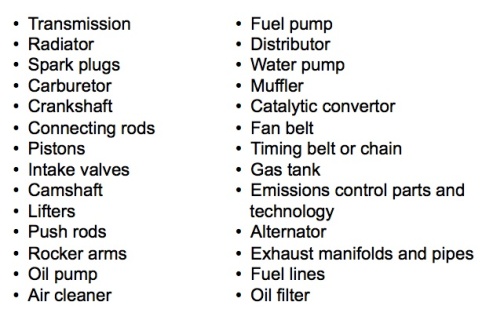
I can see how Mr. Doran is so concerned about needing easy and fast access to parts. With so many of them and that display of a lack of confidence in their reliability, he needs peace of mind. As far as “infrastructure” is concerned, the only one really needed is electricity which is already in ample supply across the country. Charging stations are numerous. ChargePoint, the service I use frequently has over 18,000 stations in the United States. As a quick comparison, there are 14,000 McDonald’s restaurants.
Let’s compare the power plants of an ICE car engine and a Tesla Model S motor.
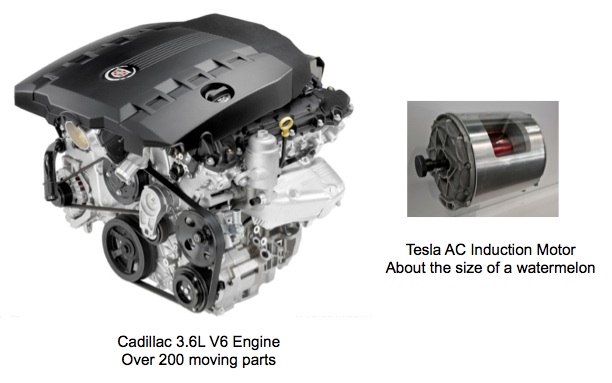
Tesla uses a brushless AC induction motor consisting of a rotor and a stator. The only points of contact in the motor are the bearings. It puts out 290 kilowatts and delivers 100% instant torque at any speed and does it using a single gear; drive.
Software as a Service
Tesla is a Silicon Valley company. True, there are issues with how these guys behave these days, but what you get is an entirely new experience and level of performance. When the first iPhone was released in 2007, it was either $499 or $599. Who would ever think that spending that much on a cell phone made any sense? After all, you got your new cell phone free from your provider (after signing a new subsidized 2 year contract of course). Apple sold 6.1 million of their first generation iphones in the first five quarters. It was groundbreaking.
Before I purchased my Model S I test drove a Mercedes Benz S Class. The salesman told me the navigation system was amazing and I could get map updates as well. I asked how that worked and he said I would schedule a service visit, bring in the car and they would update them for about $300. My Model S receives over the air updates and they push new versions of Google Maps to me free of charge. Another stark example why dealers don’t want Tesla’s model anywhere near them.
Ford was founded in 1903, General Motors in 1908, , Chrysler in 1925. Tesla was founded in 2003. They have taken the time to reimagine what transportation should be for consumers. Considered the environment while making them. Building in deep safety measures, and breaking the belief that along with car ownership comes the burden of parenting it with repeated maintenance and expense.
* Quote taken from The Columbus Post Dispatch, September 30, 2014
